Dak Lak Museum | Miniature Central Highlands in Buon Ma Thuot
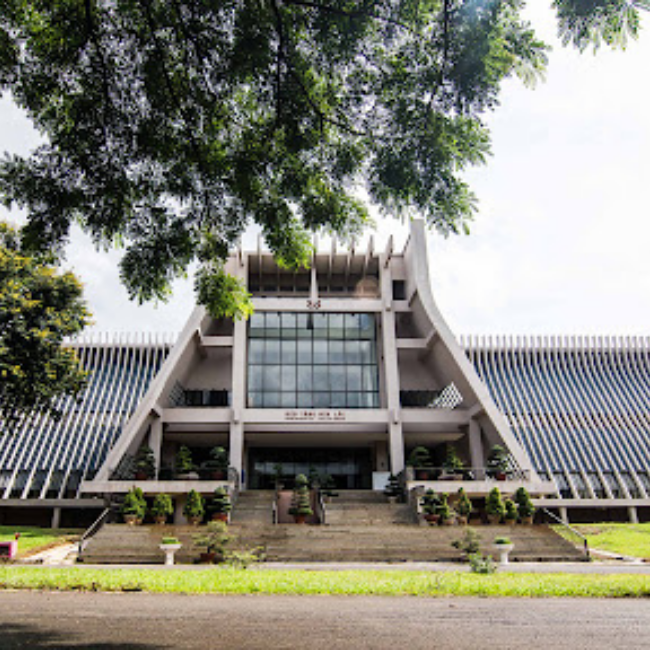 👁 89 lượt xem
👁 89 lượt xem
Dak Lak Museum is like a cradle, which stores the unique cultural values of the people of the Central Highlands from the past to the present.
Contents
The formation of Dak Lak museum
Located at 12 Le Duan Street, Tan Tien Ward, Buon Ma Thuot City, the museum is a place that attracts many tourists to this place. It shows many unique cultural values that have been and are a symbolic relic of Dak Lak province.
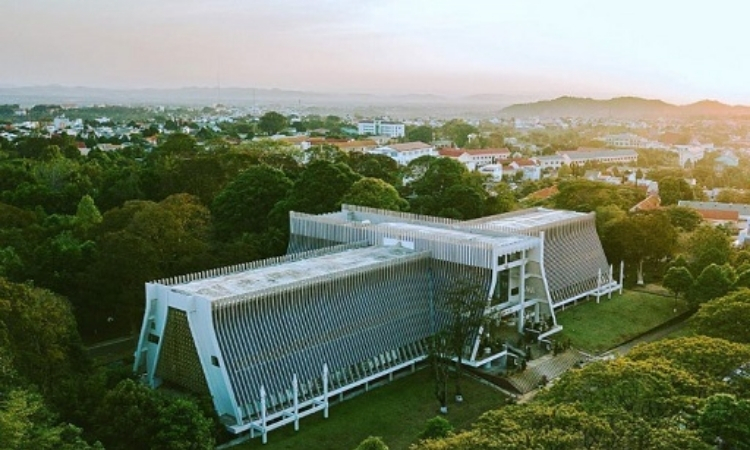
In 1926, French envoy Paul Giran built this building to serve as the Legation. In 1947, after King Bao Dai returned to his country, he chose this place to stay and as a resort.
From 1955 to 1975, in the resistance wars against France and America, it left a very important role. And in 1976, it was redesigned into a museum of Vietnamese ethnic culture in Dak Lak.
In 2008, the museum was invested in new construction by Dak Lak province and inaugurated for the second time in 2011.
In particular, this work is not only the product of international cooperation between the French Republic and the Vietnam Museum of Ethnology, but also the first museum in Vietnam to use four languages in its display, namely Vietnamese. , France, England and Ede, so it always attracts a lot of tourists to visit every year.
Dak Lak museum spots attract visitors
1. Unique architecture
Dak Lak Museum is designed according to the traditional longhouse architecture of the Ede ethnic group in the Central Highlands, using different modern materials such as concrete, glass and alloy, and colors. Contrasts such as white, black, brown… make the space both luxurious and classic, attracting people even from afar.
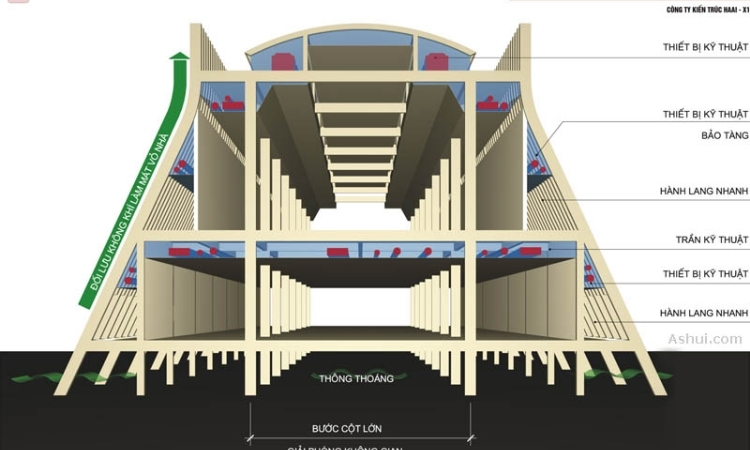
Besides, on a land of 9,200 m2, the work was built with a length of 130m, a width of 65m and belongs to the type of open space, this brings a feeling of comfort to visitors. The exhibition space is only a small part of the museum’s premises. Therefore, this place that is not full of fresh air is very attractive to people coming here.
Moreover, the museum is embraced by the grass and lots of green trees, so there is no feeling of “lost tone” but very harmonious with the vast space of the mountains and forests in the Central Highlands.
For “virtual living” believers, this place is an extremely suitable place. The scenery here makes visitors unable to resist stopping and posing for pictures.
2. Various precious artifacts
Accumulated since 1977 until now, so now the number of artifacts collected by the Ethnic Museum in Dak Lak has reached more than 10,000 products, of which there are over 1,000 unique and valuable items. Through rigorous selection and inspection, it is regularly displayed in the museum space and is divided into 3 main areas: Biodiversity, National Culture and History.
Biodiversity area
With an area of more than 350m2, including more than 200 artifacts and attractive images, this place helps us to clearly show the nature of the Central Highlands. From plants to rare animals are displayed here.
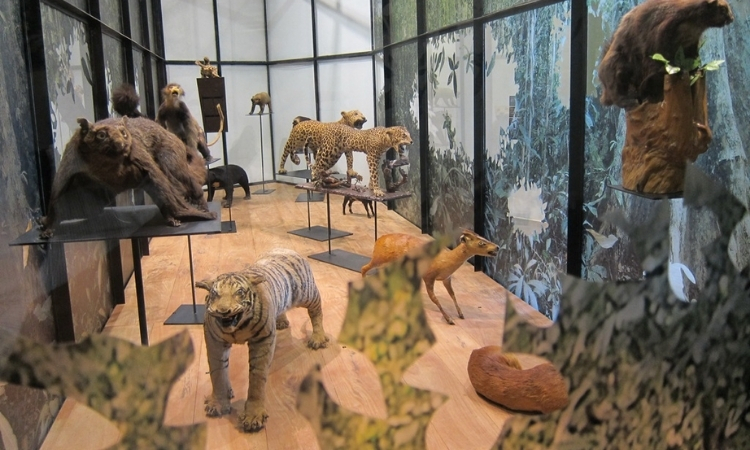
Typical examples include: all kinds of forests (yes, sua, rosewood, rosewood, flat-leaf pine, five-leaf pine…), folk medicines, industrial plants (coffee – black gold, tall su – white gold, pepper…), soil (red basalt soil, clay, gray soil…), rare and precious animals listed in the red book (leopard, flying weasel, gaur, bear) dogs, deer, gray cows…) and beautiful landscapes (Lak lake, Cu Mil lake, Dray Nur waterfall,…).
In addition, when visiting the Dak Lak museum, you can also visit the handicrafts of the people here. If you like, you can also buy them as souvenirs for relatives and friends.
Ethnic culture area
Going from the middle area to the left area of Dak Lak museum, visitors will feel like stepping from the vast nature of the mountains and through the primitive culture of this place. This is one of the major highlights of the museum, where visitors retain the longest.
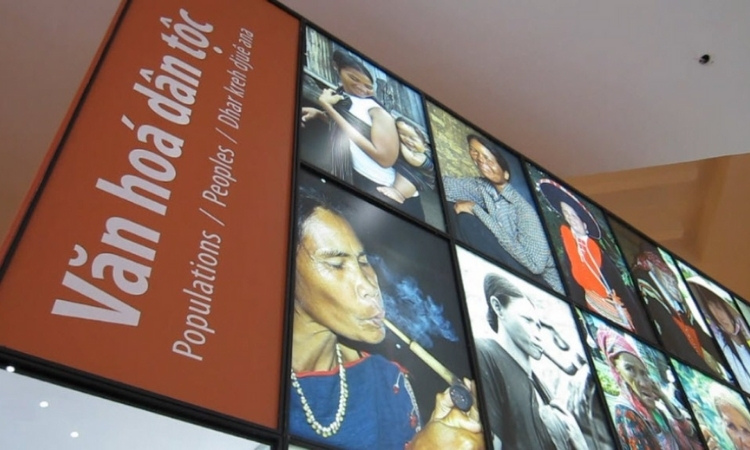
In this space, there are more than 450 artifacts such as: agricultural baskets, canoes, baskets, hybrids, benches, fire stoves, jewelry, traditional costumes, brocade, gongs, wine jars, stone instruments. , gongs, tomb statues or sophisticated handicraft products … visitors will understand more about the culture and way of life of the people here.
Historic District
Located in the right area of the national culture museum in Dak Lak, this large historical space contains photos, documents, short films, etc., allowing us to look back at the glorious flow of history. of Dak Lak from the Stone Age to the present.

From images of fossil snails in prehistoric times to Dong Son bronze drums, gongs, dishes are signs of people. This is the image of the exiled Buon Ma Thuot in the 1930 – 1945 campaign, the revolution in the 1945 – 1975 campaign, the table of the opening battle of the Ho Chi Minh campaign, or the typewriter, the telephone, the chainsaw, the children. stamps of commanders and border markers between Vietnam and Cambodia from 1975 to the present, along with other revolutionary items…
Even the footage in the resistance wars against foreign invaders – those who are living in peacetime must sob and be inconsolable.
3. The meticulousness in design and construction
Dak Lak Museum is considered one of the most exquisitely designed museums in Vietnam. Although not newly built, the sophistication of the design still does not go out of fashion over time.

In addition, the exhibition space in Dak Lak museum also dedicates a large part of the area to warn about the serious deterioration of the environment due to human impact. Calling everyone to join hands to protect biodiversity. This is an impressive point that not all museums have.
The most special is the reproduction of 100% of the original image, which not only shows respect for the original artifacts, respect for their creators, but also can easily promote the image of Vietnam to the world. international friends.
Some notes when coming to Dak Lak museum
Opening hours: 8 a.m. to 9 p.m. from Tuesday to Sunday (including public holidays and New Year’s Eve).
Admission: 20,000 VND for children and 30,000 VND for adults.
Parking ticket: 5,000 VND / car.
It can be said that, with unique and meaningful historical and cultural values, Dak Lak museum deserves to be a tourist destination that you must visit once in your tour of the Central Highlands. full of sunshine and wind.
Check out other tourist attractions at: Homestay Dak Lak


